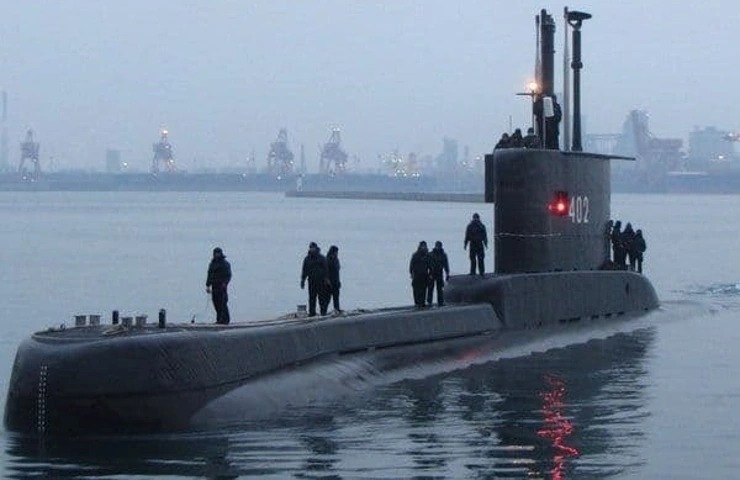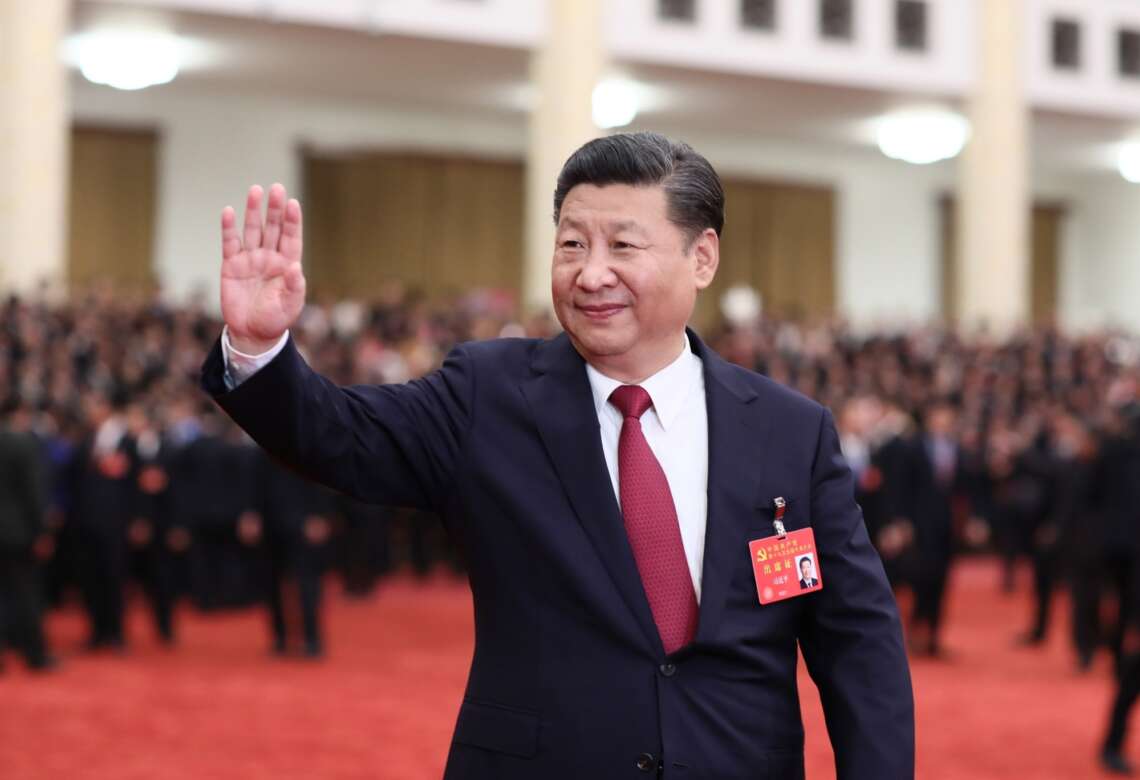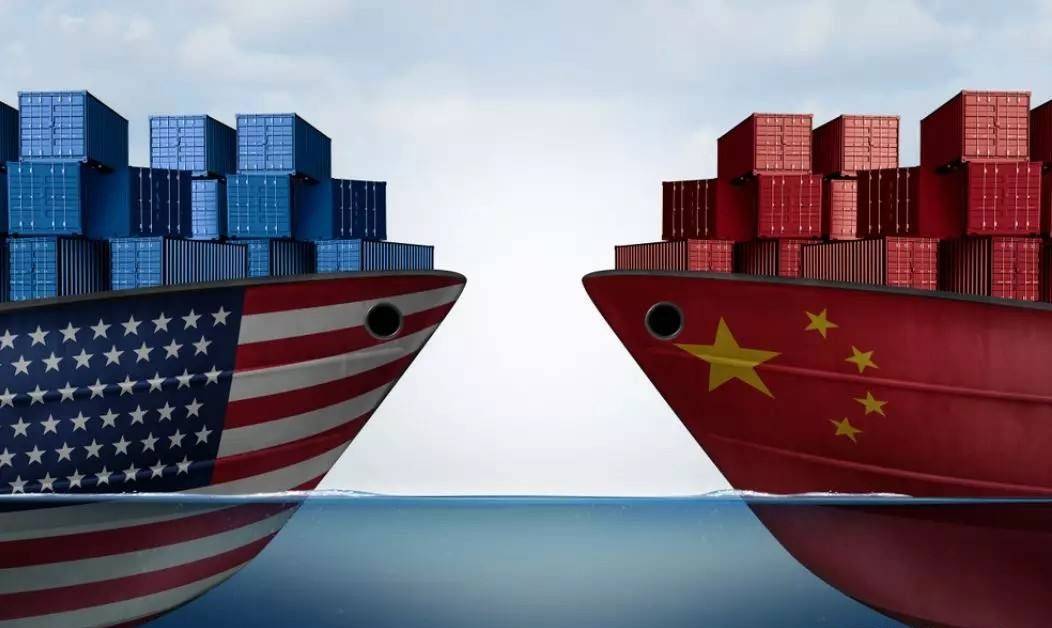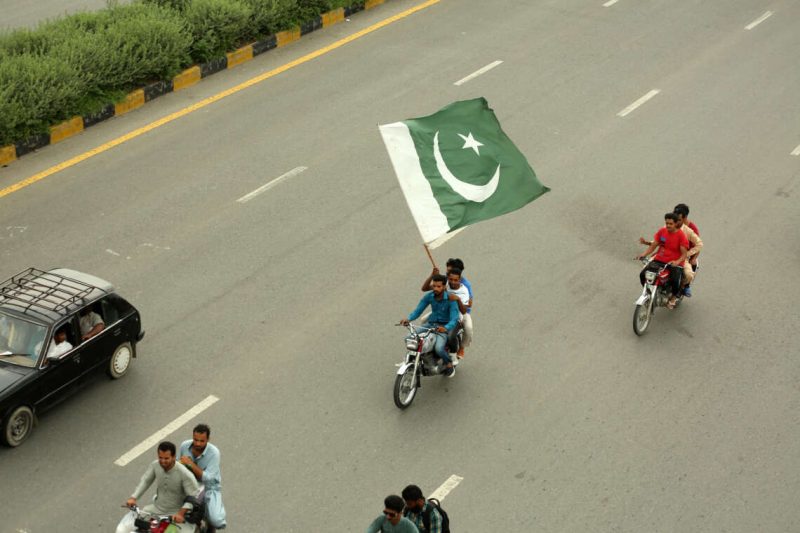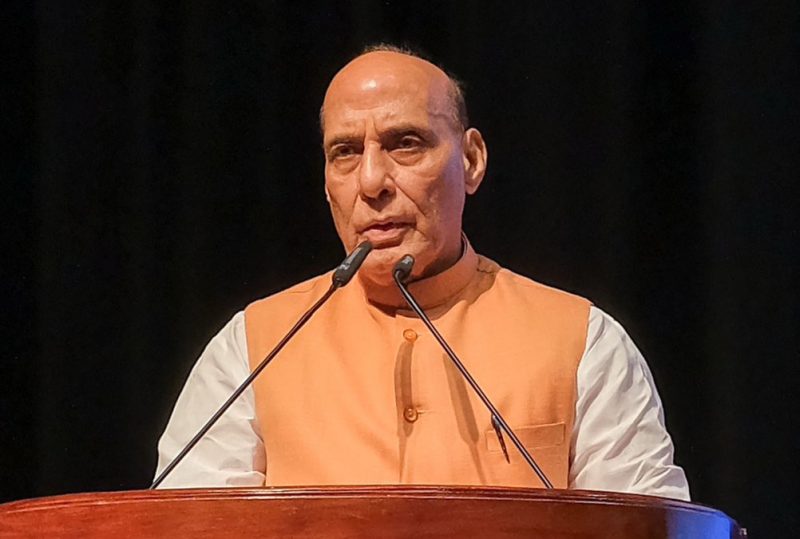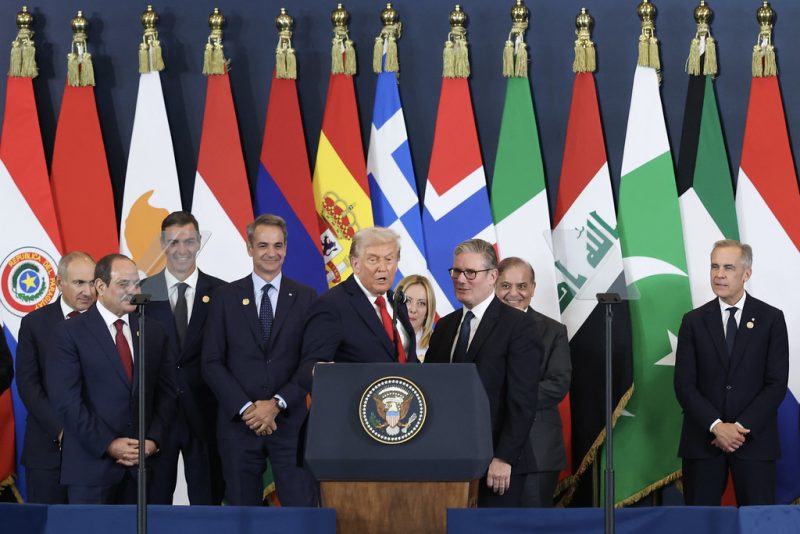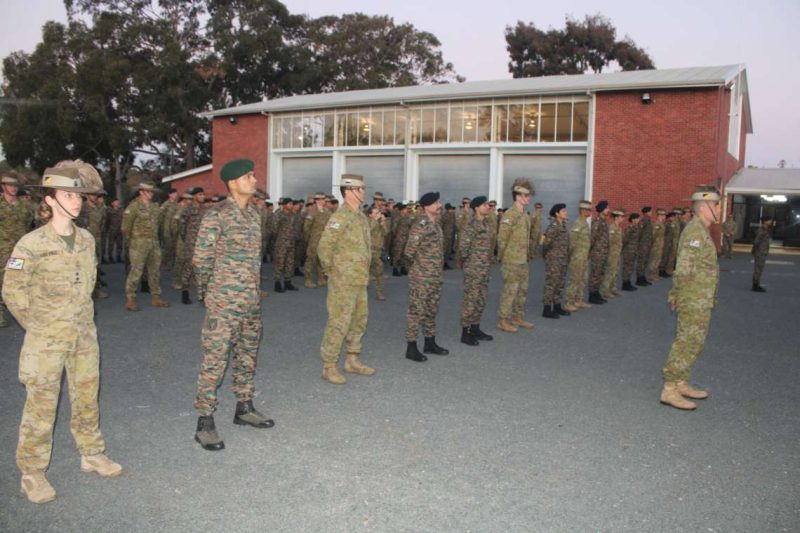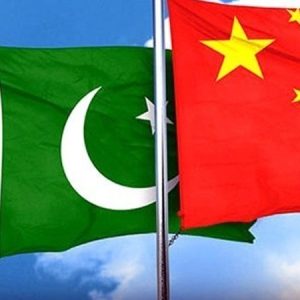China and Indonesia are at loggerheads over latest incursions in the South China Sea, writes Baladas Ghoshal
China’s greed for territories and resources, be it in the land or sea is again on display in the South China Sea. When the world is distracted by the ongoing Ukraine war and its geopolitical and economic impacts, it is again quietly flexing its muscles in disputed areas of the South China Sea — in this instance an area of the North Natuna Sea claimed by China and Indonesia. Vessel-tracking data show the Chinese vessel, CCG 5901, has been sailing in the Natuna Sea since 30 December, particularly near the Tuna production sharing contract — administered by Indonesia — and the producing Chim Sao oil and gas field across the maritime border with Vietnam, according to the Indonesian Ocean Justice Initiative.
The timing of China’s latest incursion into contested waters of the Natuna Sea is significant as it mirrors the Indonesian authorities’ approval of the plan of development for Harbour Energy’s Tuna block — close to the Indonesia-Vietnam maritime boundary — for which the UK operator is expected to this year to take the final investment decision. As per the arrangement, the Tuna’s gas would be supplied to Vietnam via a subsea pipeline. Production start-up from the offshore block is scheduled in 2027 with output expected to peak at 115 million cubic feet of gas.
Indonesia has recently decided to divide the Co2-heavy East Natuna gas field into three separate blocks is an effort to revive it as an economic proposition employing new carbon capture technology. Apparently, the move is influenced by economic reasons, but it may have been motivated by an attempt at resisting China’s efforts to enforce its illegal nine-dash line of territorial sovereignty over the maritime area situated at the southern reaches of the South China Sea. With the D Alpha block as its centrepiece, the northern extremity of East Natuna lies 75 kilometres south of the Tuna Block, a smaller discovery close to the Indonesia-Vietnam maritime border which is now being developed in the face of Chinese ownership claims.
The development of so-called carbon capture utilization and storage (CCUS) technology over the past decade could breathe new life into D Alpha, discovered more than 50 years ago at the height of the oil boom and last explored in October 1983. At that time it was found to be not very economical, but now the perspective has changed, conditioned by the availability of new technology and willingness to defend its own EEZ. Amelia Gustin, an energy security analyst, interestingly wrote in a paper last year.” The development of the (East Natuna) block can be interpreted as a way for Indonesia to protect its sovereignty and sovereign rights against all forms of interference and threats ….(It) is an affirmation of the state’s presence in the outermost areas and a manifestation of the government’s commitment to positioning the outermost island (Natuna) as a front porch, not a backyard.” .

Last month, Vietnam and Indonesia concluded talks on the boundaries of their exclusive economic zones (EEZs), which also lie within the imaginary “nine-dash line” that Beijing uses to demarcate what it calls its “historical rights” over almost 90% of the South China Sea. An EEZ gives a state exclusive access to the natural resources in the waters and seabed, which Beijing does not respect and is a habitual offender of the UNCLOS principle. Hanoi and Jakarta have not disclosed details of the agreement and China has not protested officially, but Beijing is showing its disapproval of the agreement by deploying its largest coast guard ship sailing in the areas falling within the EEZ of Indonesia and Vietnam. The CCG 5901, also the world’s largest coast guard ship, larger than a US Navy guided-missile cruiser or destroyer; although carrying a less lethal armament of 76 mm rapid-fire guns, two auxiliary guns and two anti-aircraft guns, it is more heavily armed than most other coast guard vessels. It was still in the area on last Tuesday, according to ship tracker Marine Traffic, and has not shown any inclination to leave the area.
Earlier this month, Indonesia’s Upstream Oil and Gas Regulatory Task Force (SKK Migas) approved the plan to develop the Tuna oil and gas field, also known as the Tuna Block, in the North Natuna area. The Tuna Block lies entirely inside Indonesia’s EEZ and just 13 km (8 miles) from the border of the Vietnamese EEZ but the area is frequented by Chinese law enforcement and fishing boats. This is not the first time the Tuna block have courted unwarranted attention. In 2021, vessels from Indonesia and China shadowed each other for months after Chinese vessels were sailing near to where appraisal drilling was being performed. At the time, Beijing had urged Indonesia to call a halt to the drilling claiming sovereignty over the maritime area. Jakarta maintains that under UNCLOS (United Nations Convention on the Law of the Sea), the southern end of the South China Sea is its exclusive economic zone, and named the area as the North Natuna Sea in 2017.
China rejects this, saying the maritime area is within its expansive territorial claim in the South China Sea marked by a U-shaped “nine-dash line,” a boundary the Permanent Court of Arbitration in The Hague found to have no legal basis in 2016. The above episode saw the Jakarta government lodging a formal protest against China as Chinese coast guard and fishing vessels had entered into its exclusive economic zone in the North Natuna Sea, part of the contested South China Sea.The area is also home to Southeast Asia’s largest unexploited gas resource — the multi-trillion cubic feet East Natuna (Natuna D-Alpha) gas discovery. Indonesia historically has dismissed Beijing’s invitation to sit down and discuss the issue, claiming there is no dispute over sovereignty of these waters. Jakarta also announced plans to turn the North Natuna Sea into a special economic zone (SEZ) and to build new military facilities on the main island of Natuna Besar.
Indonesia’s response to the current incursion was low-key even while it deployed a warship, maritime patrol plane and drone to monitor the vessel, Indonesian Navy Chief Laksamana Muhammad Ali told Reuters. “The Chinese vessel has not conducted any suspicious activities,” he said “However, we need to monitor it as it has been in Indonesia’s exclusive economic zone for some time.” Neither Indonesia nor Vietnam wants to have an unnecessary confrontation with China at a time when the region is confronted with more pressing issues and they need Beijing’s cooperation, particularly in the areas of trade and infrastructure. Both Indonesia and Vietnam find in RCEP (Regional Comprehensive Economic Partnership) a in which China is the main engine, beneficial model of economic integration and prosperity of the region, whereas the alternative model offered by the West, IPEF (Indo-Pacific Economic Partnership) is still quite vague and uncertain and falls short of the expectations of most Southeast Asian countries.
Vietnam’s concerns
However, Indonesia, Vietnam and Malaysia have all accused China of disrupting their oil and gas exploration activities with frequent incursions by Chinese coast guard and maritime militia ships, leading to confrontations. This time the Vietnamese government has not made any statement so far on the recent episode, but Vietnamese analysts have expressed their concern by saying the deployment of the CCG 5901, dubbed the “monster” ship and armed with heavy machine guns, may be China’s response to the Vietnam-Indonesia maritime limitation agreement. Le Hong Hiep, Senior Fellow at the ISEAS – Yusof Ishak Institute in Singapore, said the Chinese coast guard ship’s operating area is “very close to the supposed boundary between Vietnam and Indonesia,” and it is an indication of China’s protest. Viet Hoang, another Vietnamese analyst fears this may signal a “prolonged stand-off in the area. China will not let it [the Vietnam-Indonesia agreement] go easily,” In 2021, Chinese survey and coast guard ships loitered uninvited for almost a month in the North Natuna area, where Indonesia’s oil and gas exploration was underway. Vietnam has concerns about another area in SCC, the Vanguard Bank, where Chinese coast guard ships are known to be present at a very regular frequency around the area from where they monitor and from time to time harass Vietnam’s oil exploration activities nearby. China at the time said its vessels were engaged in “routine” activities. This time, a spokesperson at the Chinese Embassy in Jakarta told Benar News the Chinese ship was “ in sea areas that China has jurisdiction in accordance with domestic law and international law,” indicating Beijing’s intention to assert its sovereignty over the area.
That only shows that even while there is no confrontation as yet, the dispute in the Natuna Sea has reared its head again, and can turn into a major flashpoint disturbing the peace and stability in the region.
(Baladas Ghoshal, is a former Professor and Chair in Southeast Asian Studies, Jawaharlal Nehru University & Secretary General, Society for Indian Ocean Studies. Views expressed are personal and exclusive to India Narrative)


